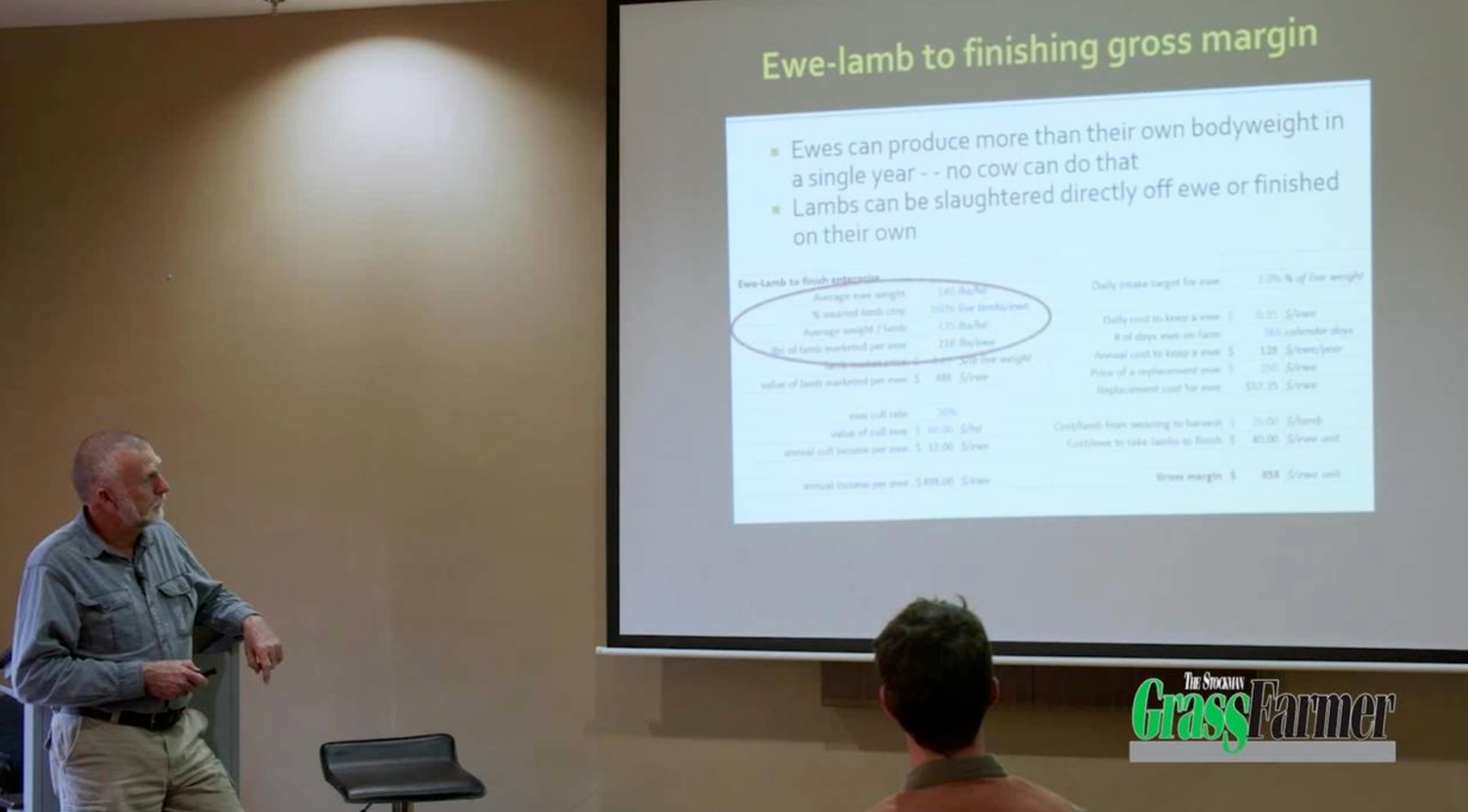MAY, Idaho:
If something gets said often enough, does that really make it true?
How many times have you heard something like this, “Sure it would be nice to have all cattle finished on pasture but we just don't have enough land to do that.” You hear that same statement enough and you start to believe feedlots are a necessity.
Have you ever really thought about it though? Have you ever actually looked at land use in this country and determined for yourself that we really just don't have enough land to finish all the beef we need? Let’s have a look at the opportunities that are out there just waiting for us.
UNNEEDED CROP LAND
Right now the USA produces roughly 80 million acres of corn annually. According to the USDA-ERS (Economic Research Service), approximately 15 percent of the corn crop and corn byproducts are fed to cattle. If we didn't put cattle in the feedlots, we wouldn't need to grow that extra 12 million acres of corn.
We also feed them a little soy and small grains that account for about another 3.5 million cropland acres. Don't use those acres to grow those crops but seed it down to perennial pasture for grazing and suddenly we have 15.5 million acres available for pasture-finishing cattle.
To take an 800-lb feeder to a 1250-lb finished animal takes about three tons of pasture forage per animal. My experience over the years and from comparing USDA Soil Survey productivity estimates for corn and pasture, the basic relationship is for every 30 bushels of corn you can grow, the same land should produce a ton of harvested forage.
With the national average corn yield hanging around 150 bu/acre, the comparable pasture yield should be about 5 tons/acre. That pasture yield would allow us to finish 1.67 hd per acre or a total of about 25 million head of cattle on land no longer needed to grow feed for those same cattle if they were in the feedlot.
For those of you who don't know, the total finished cattle output from the feedlot industry in 2014 was 29 million head. Some of you should immediately point out that we are at record low numbers, so we really do need to think in terms of finishing more than 29 million head annually. Let's bump our target up to 35 million, which is where the industry was through the early part of the 21st Century.
What about CRP land?
CONSERVATION RESERVE
I'm sure many of our SGF readers are familiar with that land set-aside program that pays farmers to let land set idle and deteriorate. It was mostly all seeded down to perennial forages and then mostly not managed for the better part of the last 30 years. What if we actually turned that into productive land again?
At the end of 2014, there were 22.7 million acres enrolled in non-wetland or woodland CRP. Some of that land is in the drier regions of the West, but much of it is in the wetter East and could actually be pretty productive. As productive as that 150 bu/acre corn ground? With the right grazing management, absolutely.
Let's just allow an average 1.5 ton/acre yield on CRP land and see what that would let us do. Okay, 22.7 M acres times 1.5 T/A gives us another 34 million tons of pasture forage for finishing cattle out on the rolling hills and away from the feedlots. Again using three tons needed per finished animal, we just finished another 11.3 million head of cattle. Add those two land opportunities together and we find the potential for finishing 36 million head of cattle on pasture is really pretty easy.
They say there's not enough land to be able to convert the entire USA beef industry to pasture-finishing? People only believe that because they have been told that so many times by the mainstream ag industry they believe it has to be true. The fact is it is utter nonsense.
If you're not comfortable believing CRP acres could yield 1.5 tons of forage on average, let's look at another opportunity.
HIGH ELEVATION IRRIGATED PASTURE
Since moving West to high-elevation, irrigated country, I have learned what the ideal finishing environment for beef cattle really is: summertime in the Rockies!
No heat stress on the cattle because it almost always cools down into the 50s or lower at night.
No long-term elevated temperatures to cause the grasses to lignify and lose digestible energy.
Potential for gains in the 2-3 lbs/day range throughout the growing season.
It's a good place to be if you're a steer headed for the packer.
If we look at the northern Intermountain Region encompassing parts of Idaho, Montana, Washington, Oregon, Utah, Nevada, and Wyoming there are about 12 million irrigated acres. If we take half of those acres and convert them to finishing pastures yielding five tons/acre, we have the capacity for finishing another 10 million head of cattle.
Another real upside of that switch in land use to green season finishing is some of my neighbors wouldn't have to feed cows through seven months of winter.
The bottom line is if we as an industry wanted to finish every beef animal in America on pasture there is absolutely no basis for saying we don't have enough land. We just need the will to make the change.
Stay connected with news and updates!
Join our mailing list to receive the latest news and updates from our team.
Don't worry, your information will not be shared.
We hate SPAM. We will never sell your information, for any reason.





